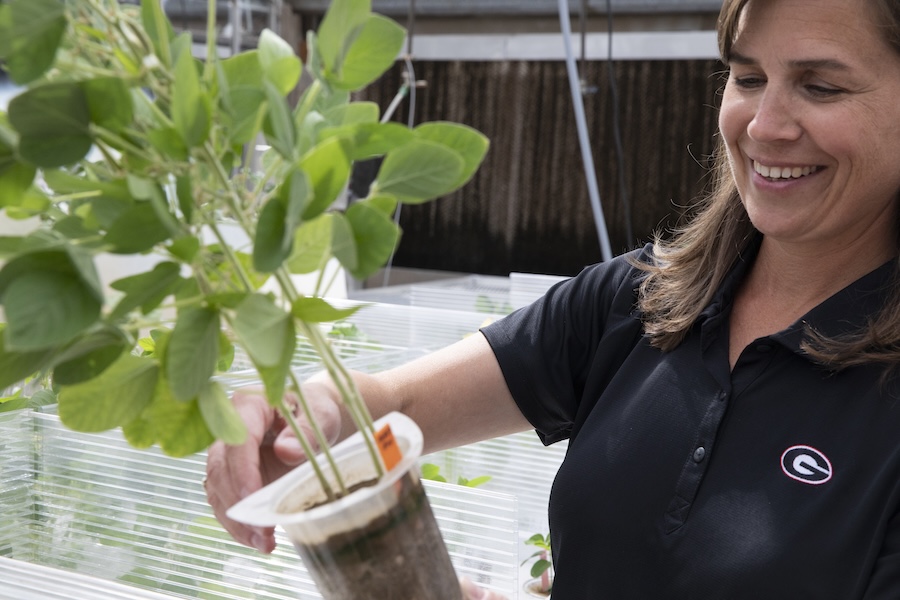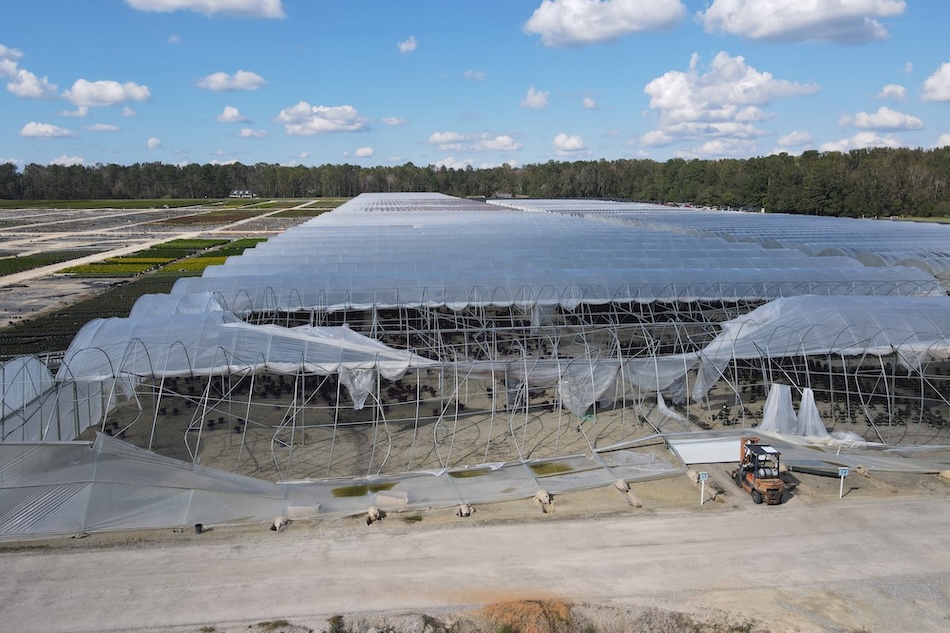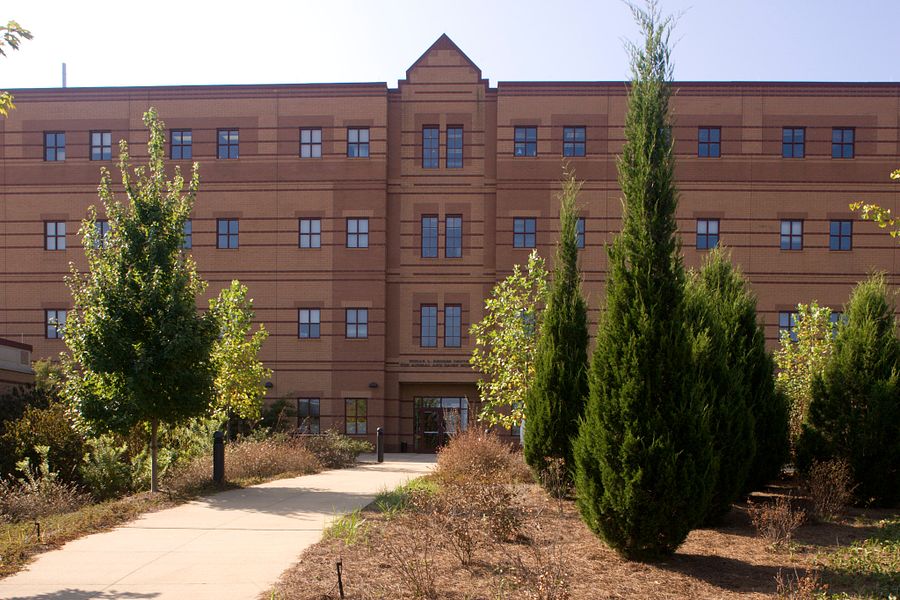By Stephanie Schupska
University of Georgia
Urban pollution sources
Ten years ago, streams in metro Atlanta had much more pesticides than those in agricultural areas, according to the U.S. Geological Survey. This was due to solid surfaces and improper pesticide use. “Farmers understand pesticides and use them properly,” Kramer said. “If someone in an urban area is working on their two-acre lot and using pesticides, they’re going to go to a home-improvement store and pick up the first thing off the shelf. And we’re Americans. If a little is good, a lot is better.” Farmers are often blamed for pollution, particularly North Georgia poultry farmers. But in urban areas, people pollution is a bigger problem. “Tires produce a lot of zinc,” Kramer said. “Parking lots have a lot of heavy metals, a lot of oils, anything that drips out of your car.”Changing landscape
The population boom in North Georgia has sent many farmers looking for cheaper land or out of the industry altogether. “As we develop, we’re pushing these guys out of the watershed,” Kramer said. By raising chickens, poultry farmers also produce chicken litter, which contains nitrogen, phosphorus, potassium and other minerals important for crop growth. Farmers sometimes spread it for fertilizer. Near urban areas where less water is absorbed before it hits a stream, farmers have to be careful where they put chicken litter and how much they spread, she said. “If someone’s applying chicken litter, even the same amount as they have in the past, any runoff would be magnified,” Kramer said. Pollution is a problem, she said, but losing farmland and forests is a bigger problem because agricultural land helps maintain air and water quality and ecosystems, she said. The challenge, she said, is to keep agriculture in North Georgia. “(It) provides so much value, and that value is not being accounted for because we just look at houses.”





